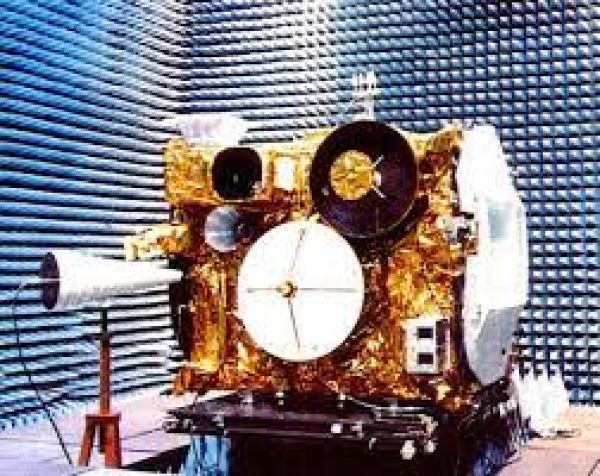
A noble project of national interest that compliments all the indians


INSAT-2A was India’s first fully indigenously built multipurpose satellite, launched on July 9, 1992, from Kourou, French Guiana. Weighing 1906 kg with propellants and having a dry mass of 916 kg, it marked a significant step in India’s self-reliance in space technology. The satellite carried a suite of communication payloads, including 12 C-band, 6 extended C-band, 2 S-band transponders, as well as a data relay and search-and-rescue payload.
For meteorological services, INSAT-2A was equipped with a Very High Resolution Radiometer (VHRR) offering 2 km resolution in the visible and 8 km in the infrared spectrum. Initiated in 1983, the INSAT-2 program aimed to create an indigenous geostationary satellite series. By 1985, the design was finalized with an increased payload capacity. INSAT-2A led a series of satellites, 2B, 2C, 2D, and 2E, that supported India’s telecommunication, broadcasting, and weather forecasting capabilities.